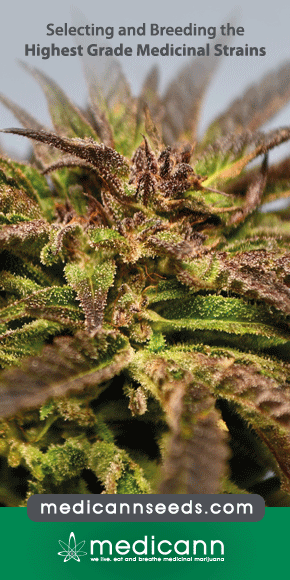Attitudes of Irish patients with chronic pain towards medicinal cannabis
Medicinal cannabis use is topical in the media in Ireland. A recent Health Products Regulatory Authority review, however, has recommended against its use for patients with chronic pain. This is despite evidence for its effectiveness in this patient’s cohort and the inadequate pain management of these patients. The study highlights the attitudes of chronic pain patients in Ireland towards medicinal cannabis. It shows their desire to have medical cannabis legalised for chronic pain and that they view it as a reasonable pain management option.


